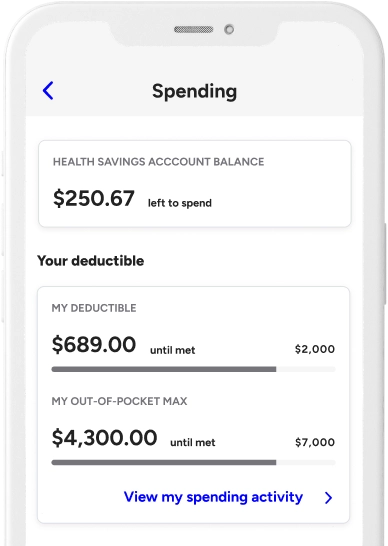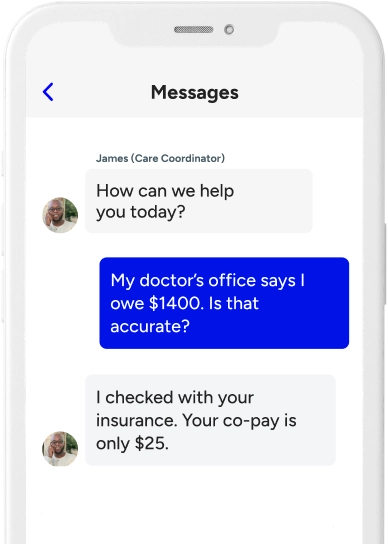
When it comes to attracting and retaining top talent, employee benefits can make a significant difference. In today’s competitive job market, offering a comprehensive benefits package can be the key to securing the most qualified and skilled employees. A well-crafted benefits package can also enhance employee satisfaction and motivation, leading to increased productivity and decreased turnover rates.
Types of employee benefits packages
Employee benefits can come in various forms, ranging from health insurance and retirement plans to wellness programs and flexible work arrangements.
Here are some of the most common types of employee benefits packages and why they matter when it comes to hiring and retaining top talent:
- Health insurance: One of the most critical benefits for employees is health insurance. Offering health insurance coverage provides employees with peace of mind, knowing that they can access the medical care they need when they need it. It also helps reduce absenteeism and presenteeism, which can affect productivity and employee satisfaction. Employers can also consider offering supplemental health insurance options to help cover expenses such as dental, vision, or mental health services.
- Retirement plans: Offering a retirement plan such as a 401(k) or pension plan is an attractive benefit for employees who are planning for their financial future. Retirement plans demonstrate that employers are invested in their employees’ long-term well-being and are willing to support them beyond their employment years.
- Wellness programs: Wellness programs can help promote healthy lifestyles and reduce healthcare costs. Employers can offer wellness programs that include physical activity challenges, nutrition education, stress management, or mental health resources. These programs not only benefit employees’ health but also improve their job satisfaction and engagement.
- Flexible work arrangements: Offering flexible work arrangements such as telecommuting, flexible hours, or compressed workweeks can help employees balance their work and personal lives. Employers can also consider offering paid time off or paid parental leave to help employees manage their responsibilities outside of work.
Healthcare navigation can save money & time
In addition to the above benefits, employers can also consider offering healthcare navigation and virtual care services which include access to urgent care and mental health sessions. Healthcare navigation services can help employees navigate the complex healthcare system and find the most cost-effective and quality healthcare providers. Offering virtual care services such as telemedicine can help employees access medical care remotely, reducing the need for in-person visits and lowering healthcare costs for both employees and employers.
Healthcare navigation services are designed to help employees navigate the often-complex healthcare system and find the most cost-effective and quality healthcare providers. This can be especially helpful for employees who may be unfamiliar with the healthcare system, have a chronic condition, or need to find a specialist for a particular health issue.
Healthcare navigation services typically include a variety of resources, such as:
- Provider directories: Navigation services provide access to provider directories that help employees find healthcare providers in their area. These directories may include information about provider specialties, office locations, and insurance networks.
- Cost estimates: Navigation services can provide cost estimates for medical procedures, tests, and medications. This helps employees better understand their healthcare expenses and make informed decisions about their healthcare.
- Personalized support: Navigation services may offer personalized support to employees, such as assigning a dedicated healthcare navigator or care coordinator to assist with scheduling appointments, coordinating care, and following up with providers.
- Education and resources: Navigation services may also provide education and resources to help employees better understand their health conditions, treatment options, and how to make the most of their health benefits.
- Access to LGBTQ+ Care Services: Your LGBTQ+ members shouldn’t have to face barriers in pursuit of healthcare. Support your LGBTQ+ members with health care concierge services and a healthcare navigation platform designed for care, connection, advocacy, and guidance for the LGBTQ+ community.
Overall, healthcare navigation services can be a valuable addition to an employer’s benefits package. By helping employees navigate the healthcare system and find the most appropriate and cost-effective care, navigation services can improve employee health outcomes, reduce healthcare costs for both employees and employers, and enhance employee satisfaction and engagement.
Carousel with 3 slides. Use the the end to jump to slides. Use the arrow left/right keys to advance the carousel.

In-app financial toolkit to track spending, view costs, and more

Helpful, personalized member guidance for insurance and coverage issues
Virtual care services improves accessibility & health outcomes
Virtual care services, also known as telemedicine or telehealth services, are a type of healthcare delivery that allows patients to access medical care remotely using technology such as video conferencing, phone calls, or messaging. Virtual care services can be an attractive benefit for employees as they provide access to medical care without the need to leave their home or office, which can be especially helpful for those with busy schedules, mobility issues, or living in remote areas.
Here are some of the different types of virtual care services that employers may offer:
- Virtual primary care: Telemedicine visits allow employees to consult with a healthcare provider remotely using video conferencing technology. These visits can be used for a range of medical concerns, including minor illnesses, chronic disease management, mental health, and follow-up appointments.
- Remote monitoring: Remote monitoring involves the use of technology to track health data such as blood pressure, glucose levels, or heart rate. This data is then transmitted to healthcare providers who can monitor the data and adjust treatment plans as necessary.
- Digital health coaching: Digital health coaching involves using technology to provide personalized health coaching to employees. This may include tracking physical activity, nutrition, and sleep, and providing feedback and guidance on how to improve health and wellness.
- Online mental health counseling: Online mental health counseling provides employees with access to licensed therapists and counselors who can provide mental health support through video conferencing or messaging. This can be especially helpful for employees who may be experiencing stress, anxiety, or depression.
For a leading employer, virtual primary care delivered
The most popular or frequently used virtual care services among employees may vary depending on their healthcare needs and preferences. However, telemedicine visits are among the most commonly used virtual care services, as they provide a convenient and efficient way for employees to access medical care without the need for in-person visits. Mental health care and digital health coaching are also growing in popularity, as they allow employees to better manage their mental health and wellness with the help of online therapy and technology.
Virtual care services can be a valuable addition to an employer’s benefits package. By providing employees with access to remote medical care and support, virtual care services can improve health outcomes, reduce healthcare costs, and enhance employee satisfaction and engagement.
Better health builds stronger business
In conclusion, employee benefits packages need to be more than just health insurance. Employers must offer a comprehensive benefits package that includes retirement plans, wellness programs, and flexible work arrangements to attract and retain top talent. Organizations that offer healthcare navigation and virtual care services can also help employees stay healthy and reduce healthcare costs for employers. By investing in these employee benefits, employers can improve employee satisfaction, engagement, and productivity, leading to a more successful and thriving business.